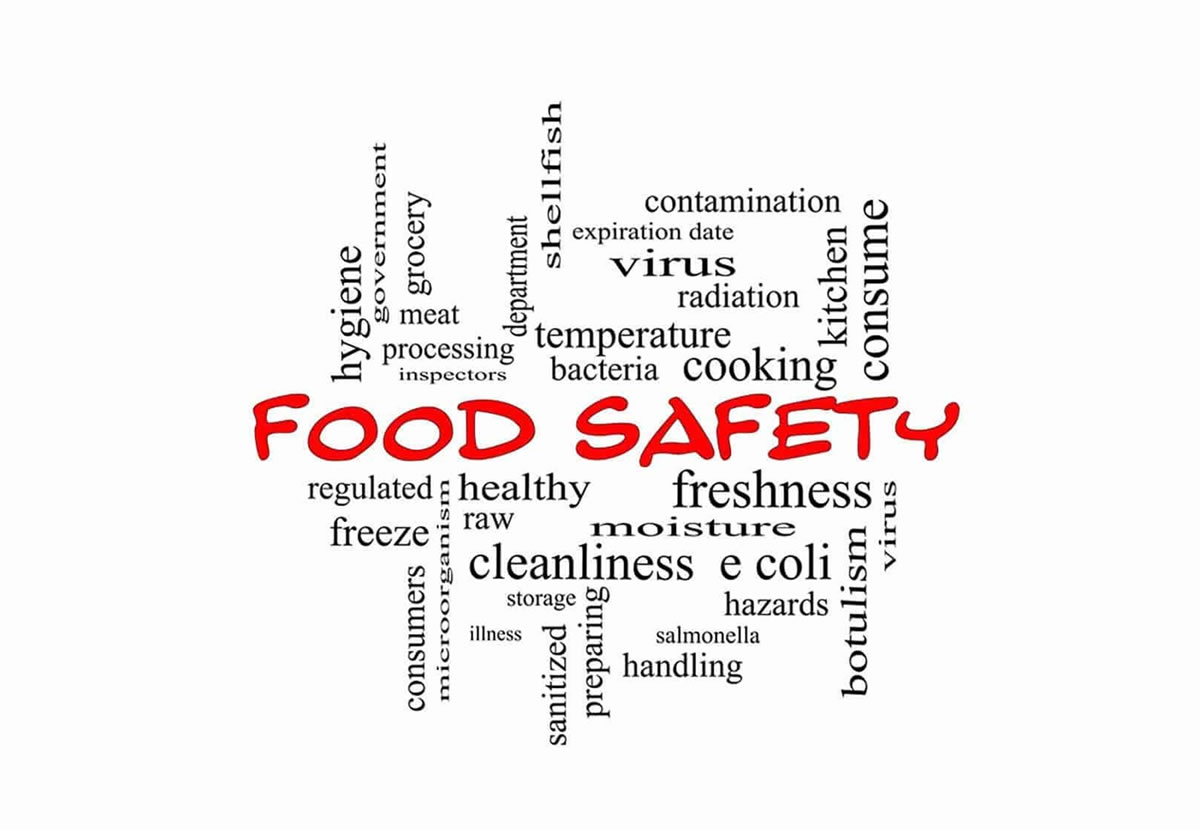Food And Safety 101
Part 1: The Basics of Food Safety for Beginners
Food is essential to life, and food safety is a basic human right. Billions of people worldwide are at risk from unsafe food, with many millions falling ill and hundreds of thousands dying each year due to foodborne illnesses. This makes food safety crucial for everyone, especially beginners in the kitchen. Observing good food safety practices will help prevent foodborne illnesses and ensure that the food you prepare is safe to eat. By following some basic principles, you can ensure that the food you prepare and consume is free from harmful bacteria and contaminants.
1. Cleanliness is Key
Always start by washing your hands with soap and warm water for at least 20 seconds before handling food. Hand hygiene is crucial, especially after handling raw meat, poultry, or seafood. Regularly clean kitchen surfaces and utensils to prevent contamination. A clean workspace is the foundation of safe food preparation.

2. Separate Raw and Cooked Foods
Cross-contamination is a significant risk in the kitchen. Use separate cutting boards and utensils for raw meat, poultry, seafood, and ready-to-eat foods like vegetables. Store raw meat, poultry, and seafood in containers or on plates to prevent their juices from contaminating other foods in the refrigerator. This separation helps prevent the transfer of harmful bacteria from raw to cooked foods.
3. Store Food Properly
Proper storage is key to preventing foodborne illnesses. Refrigerate perishable foods promptly and keep your refrigerator at or below 40°F (4°C) and your freezer at 0°F (-18°C). Store raw meat, poultry, and seafood in sealed containers on the bottom shelf to prevent drips onto other foods. This practice ensures that all your stored foods remain safe for consumption.
4. Thaw Safely
Thawing food correctly is crucial to prevent bacterial growth. Thaw frozen foods in the refrigerator, under cold running water, or in the microwave. Never thaw food at room temperature, as this can promote the growth of bacteria, leading to foodborne illnesses.
5. Cooking Temperatures
Using a food thermometer is essential to ensure that meats, poultry, and seafood reach safe internal temperatures. Safe temperature guidelines vary: for example, poultry should reach 165°F (74°C), and whole cuts of pork, beef, and fish should reach 145°F (63°C). Cooking to the correct temperature kills harmful bacteria, making the food safe to eat.

Food safety is not just a skill but a responsibility that every cook must take seriously. As you continue to develop your culinary skills, integrating these advanced food safety practices will ensure that you are preparing meals that are not only delicious but also safe for everyone to enjoy. Remember, protecting the health of those you cook for starts with maintaining a clean, safe kitchen environment. Keep these guidelines in mind as you experiment with new recipes and ingredients, and you’ll be well on your way to becoming a proficient and safe cook.
–AUNTYRUMÉ✨💜






